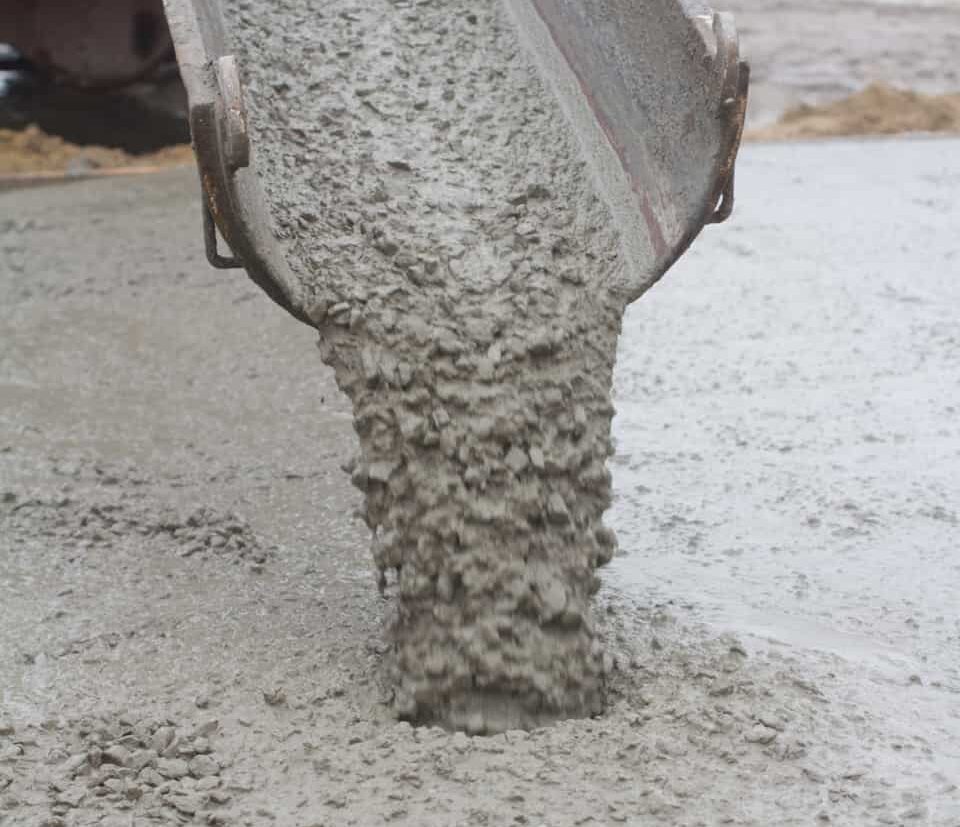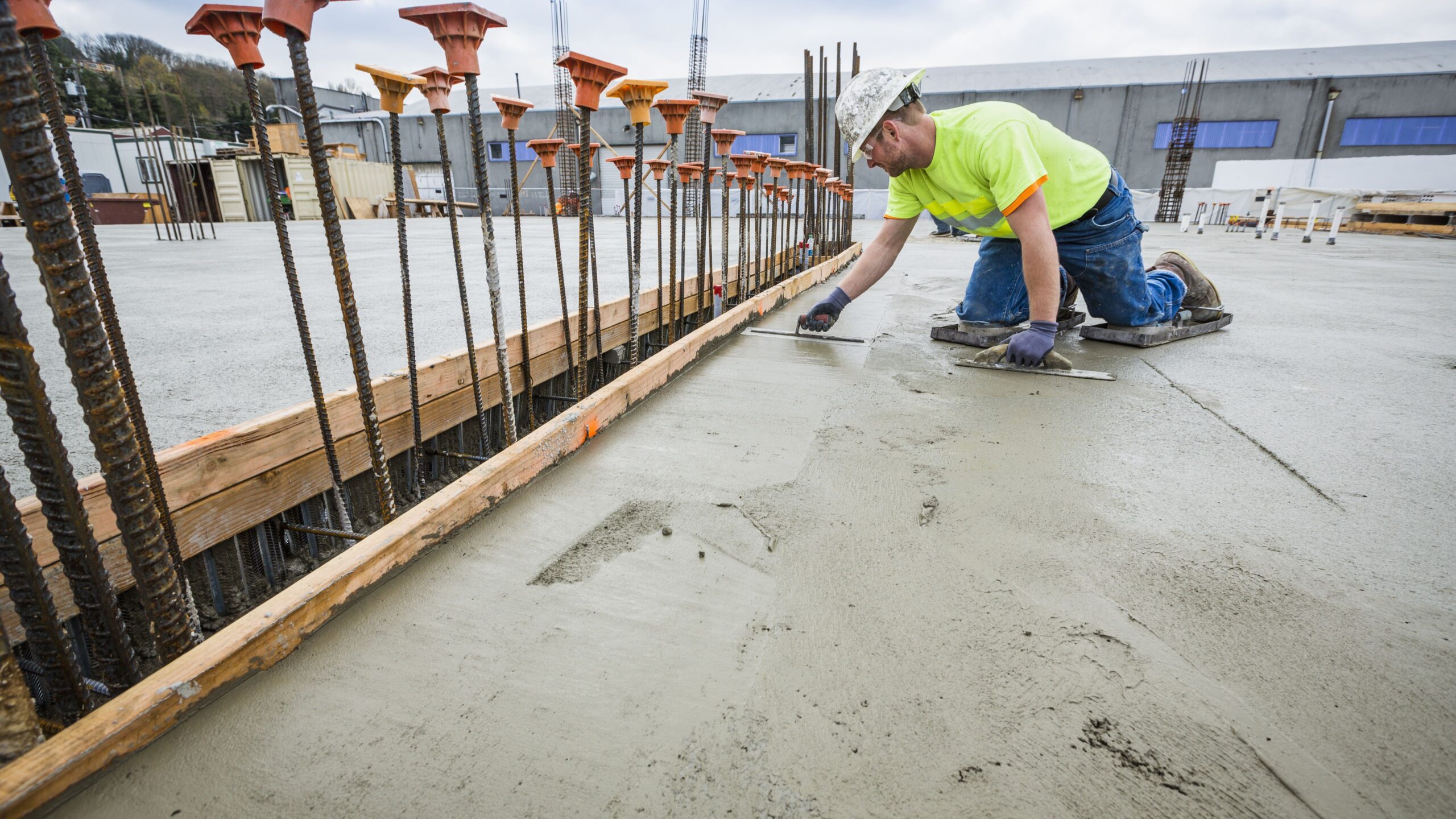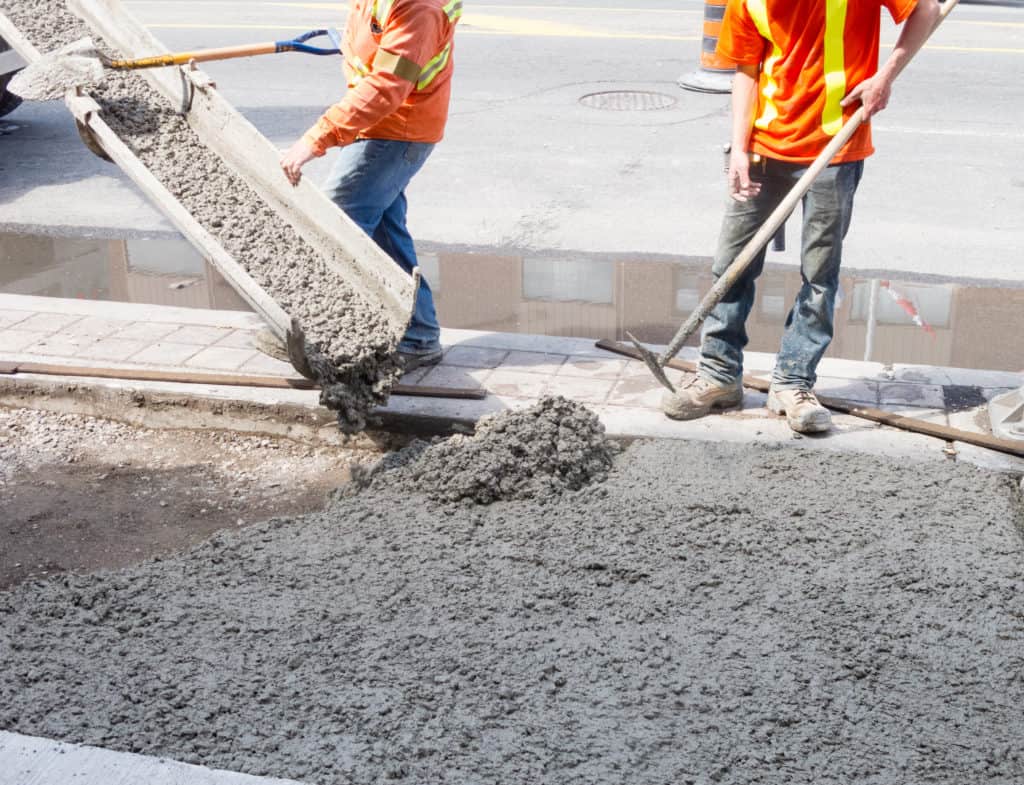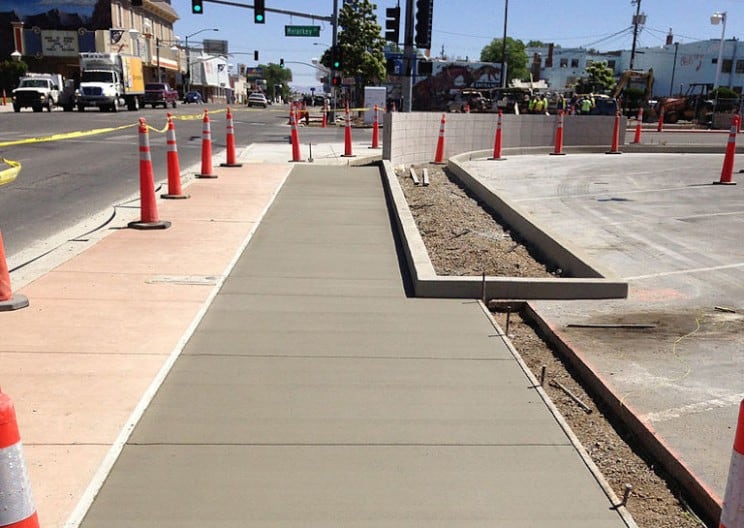
Temperature & Moisture During Concrete Curing
Curing concrete is the process of maintaining moisture and temperature levels in newly placed concrete. Curing helps the properties of the mixture develop to achieve quality long-lasting concrete. However, when maintaining moisture is compromised and temperature levels are not kept the end result can lead to several problems. These problems may not be visible right away but over time can lead to deterioration by mechanisms such as chemical attack or freeze-thaw damage years later.
Moisture is a Must During Curing of Concrete
Keeping concrete moist helps the concrete curing process. Concrete hardens as a result of a chemical reaction, called hydration. The hardening, or curing, continues as long as moisture remains in the concrete. If too much moisture is lost through evaporation, the hardening process starts to slow down. Concrete that dries too rapidly results in reaching less than half its potential in design strength. The consequence of that is cracks and deterioration. The minimum days of moisture curing is 4 however, the strength of the concrete more than doubles when you shoot for 20 days or more. The most crucial time is in the first week or two after pouring.
Maintaining moisture was one of top reasons why the Cure Tender was developed. This system was designed to automatically release water required for concrete curing. One major benefit of this system is that it allows the concrete to be unattended while maintaining moisture. Self-contained and solar-powered, the Cure Tender can be used on vertical or flat concrete. Hook up the specially designed watering hoses and the concrete will cure for 50 to 60 hours with a constant supply from the 725-gallon tank.
Temperature Necessary for Concrete Curing
Maintaining the temperature during the concrete curing process is also important. If freshly poured concrete is exposed to temperatures that are too high or too low the strength of the concrete will be compromised. Temperatures too high can result in the loss of moisture causing quicker drying resulting in loss of strength in the later stages. For hotter weather, maintain a limit of 70°C (160°F) during hydration. If the temperature is too low the hydration of the cement will drastically slow down. In some cases, it can completely stop until the temperature increases again. For colder weather, maintain temperature at >5°C (40°F) for 48 hours. Closely monitoring the temperature during curing is vital to ensuring strength, quality, and durability of your concrete job.







